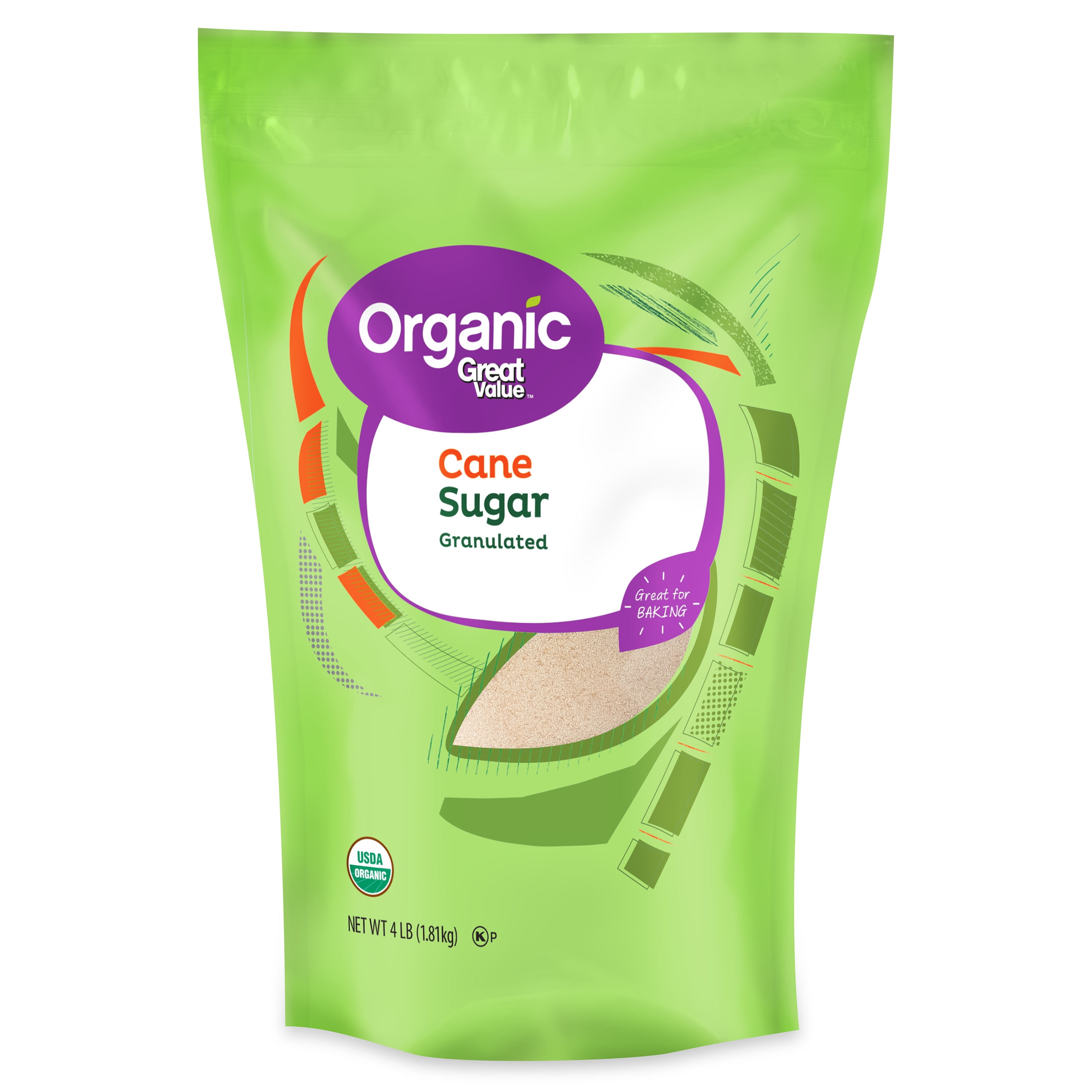Cane Sugar Processing: Traditional Approaches and Modern Innovations
A Comprehensive Overview to the Environmental Impact and Sustainability Practices in Walking Stick Sugar Handling
The ecological effect of walking cane sugar processing presents an intricate variety of challenges that warrant mindful assessment. From soil destruction and extreme water use to the carbon impact connected with cultivation and manufacturing, the repercussions of traditional methods are far-reaching. What details methods can be implemented to strike an equilibrium between performance and environmental stewardship?
Review of Walking Stick Sugar Handling
Cane sugar handling involves a collection of systematic actions that transform sugarcane right into refined sugar. At first, collected sugarcane is moved to processing centers, where it undergoes cleaning up to get rid of dirt and debris. Following this, the walking stick is squashed to extract juice, which is after that made clear by removing contaminations through heating and the enhancement of lime.
The cleared up juice undergoes dissipation, where water is removed to focus the sugar web content. This concentrated syrup is after that taken shape via air conditioning, permitting sugar crystals to develop. These crystals are separated from the continuing to be syrup using centrifugation, leading to raw sugar. To attain polished sugar, the raw item goes through additional filtration processes, which may include filtering system and cleaning to eliminate continuing to be contaminations and shade.
The final product is then dried and packaged for distribution. Throughout this entire process, preserving effectiveness and quality assurance is important to make certain the sugar fulfills sector criteria. Each action in cane sugar handling not just adds to the end product but also has implications for resource use and waste generation, establishing the phase for conversations on sustainability and ecological effects connected with sugar production.
Environmental Challenges of Production
The production of cane sugar offers several significant ecological obstacles that warrant interest. One main worry is the considerable use agrochemicals, including fertilizers and pesticides, which can result in soil destruction, biodiversity loss, and contamination of neighborhood water sources. The drainage from sugarcane fields often lugs these chemicals right into close-by communities, disrupting marine life and impacting the health of areas reliant on these water bodies.
One more challenge is the high power usage connected with sugarcane handling. The boiling and refining phases require significant warm, mainly produced by melting fossil fuels, contributing to greenhouse gas discharges. In addition, the large land area needed for sugarcane cultivation can lead to logging and habitat devastation, further exacerbating environment change and threatening wild animals.
Furthermore, the labor practices in some regions elevate honest concerns, as workers might deal with inadequate working problems and insufficient incomes. This circumstance often continues a cycle of poverty in regional areas. Cane Sugar Processing. Dealing with these ecological challenges is critical for establishing extra sustainable methods in walking cane sugar production, eventually profiting both the environment and the communities included in this sector
Water and Land Use Influence
Water resources and land usage are important components in the walking stick sugar market that significantly impact the atmosphere. The farming of sugarcane requires considerable water input, with price quotes recommending that it can consume up to 2,000 liters of water per kg of sugar generated. This extensive use water frequently brings about depletion of local water resources, impacting not only the sugarcane vineyards yet additionally bordering ecosystems and communities that depend on the very same water resources for farming and residential usage.

Furthermore, land usage for sugarcane cultivation can lead to logging and the conversion of natural habitats right into monoculture ranches. This practice reduces biodiversity, disrupts regional ecosystems, and adds to soil destruction. The expansion of sugarcane fields usually trespasses on beneficial agricultural land, creating websites competitors for sources between food and biofuel production.
Sustainable practices, such as maximizing watering techniques and executing plant turning, are important to alleviate these influences. By taking on more helpful site effective water use and land management techniques, the walking stick sugar sector can lower its ecological footprint, making sure an equilibrium in between farming performance and ecological conservation.
Greenhouse Gas Emissions
Greenhouse gas discharges represent a significant ecological concern within the walking stick sugar handling market, specifically as farming techniques expand to meet global demand. The cultivation of sugarcane, a crop that thrives in tropical climates, relies greatly on artificial plant foods and pesticides, which add to nitrous oxide emissions. Additionally, land-use changes, consisting of logging for brand-new sugarcane vineyards, launch carbon dioxide stored in vegetation and soil.
During handling, energy consumption is another significant source of greenhouse gas emissions - Cane Sugar Processing. Several sugar mills use nonrenewable fuel sources to power equipment and create warmth, leading to significant carbon footprints. In addition, the transportation of raw sugarcane and finished items adds layers of exhausts with fuel burning in automobiles
This entails assessing existing farming practices, processing approaches, and transport systems to identify areas for enhancement and reduction. Addressing greenhouse gas emissions is necessary for cultivating a more sustainable walking stick sugar market in a transforming environment.

Sustainable Practices and Innovations
Lasting practices and innovations are progressively crucial in the walking stick sugar handling market as stakeholders look for to decrease ecological effects while keeping efficiency. One significant improvement is the implementation of incorporated plant management, which maximizes resource usage by incorporating soil monitoring, insect control, and plant rotation methods. This strategy enhances return while minimizing chemical inputs and protecting dirt health and wellness.
Additionally, the fostering of renewable resource resources, such as biomass from sugarcane residues, has actually obtained traction - Cane Sugar Processing. By converting waste items right into energy, processing centers can lower their dependence on nonrenewable fuel sources, consequently lowering greenhouse gas emissions
Water administration techniques have actually also seen improvements with the recycling and reusing of water in handling plants, significantly decreasing freshwater usage. Technologies in technology, such as precision agriculture, allow farmers to keep an eye on plant wellness and source use better, making sure lasting farming techniques.
Furthermore, certification programs like Fair Trade and Rainforest Alliance urge environmentally responsible farming practices and promote social equity within the learn this here now supply chain. By embracing these sustainable practices and innovations, the cane sugar processing sector can enhance its strength and add favorably to ecological stewardship.
Final Thought
The environmental impact of cane sugar processing offers substantial obstacles, consisting of soil degradation, high water consumption, and greenhouse gas emissions, along with moral worries associated with labor methods. Dealing with these issues with sustainable practices, such as incorporated plant administration, renewable resource fostering, and water recycling, is necessary. By promoting environmentally liable and socially fair techniques in sugar manufacturing, the market can mitigate its adverse results, guaranteeing a more lasting future for both ecological communities and neighborhoods included in this sector.
Walking cane sugar processing entails a series of systematic actions that transform sugarcane into refined sugar. Each action in walking stick sugar processing not just adds to the final item however additionally has ramifications for source use and waste generation, establishing the stage for conversations on sustainability and ecological effects linked with sugar production.
Greenhouse gas exhausts represent a considerable environmental worry within the cane sugar handling sector, especially as farming practices broaden to fulfill global need.Lasting practices and advancements are increasingly crucial in the walking cane sugar processing market as stakeholders look for to reduce environmental influences while maintaining efficiency.The ecological impact of walking stick sugar handling offers considerable obstacles, consisting of soil destruction, high water usage, and greenhouse gas exhausts, alongside moral issues associated to labor techniques.